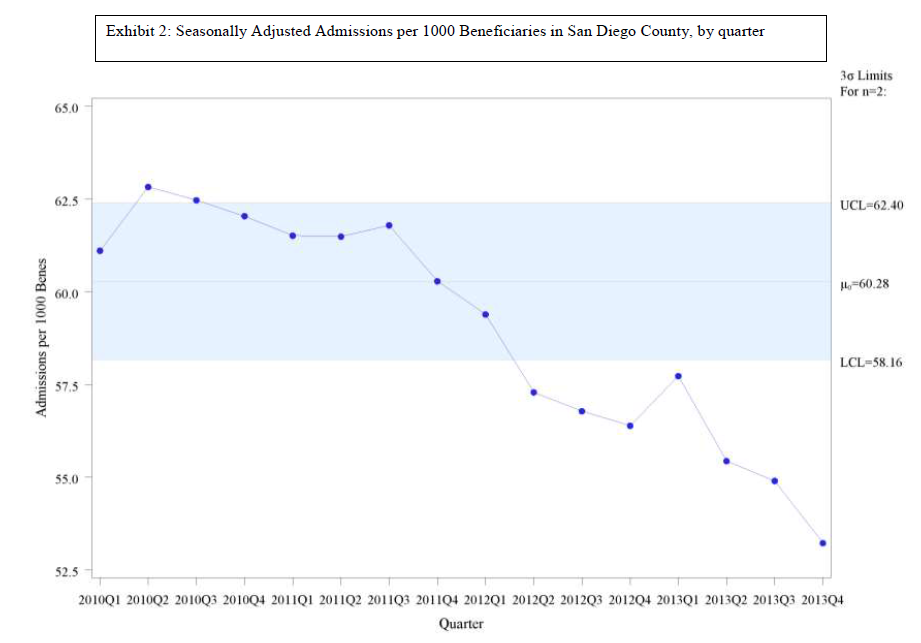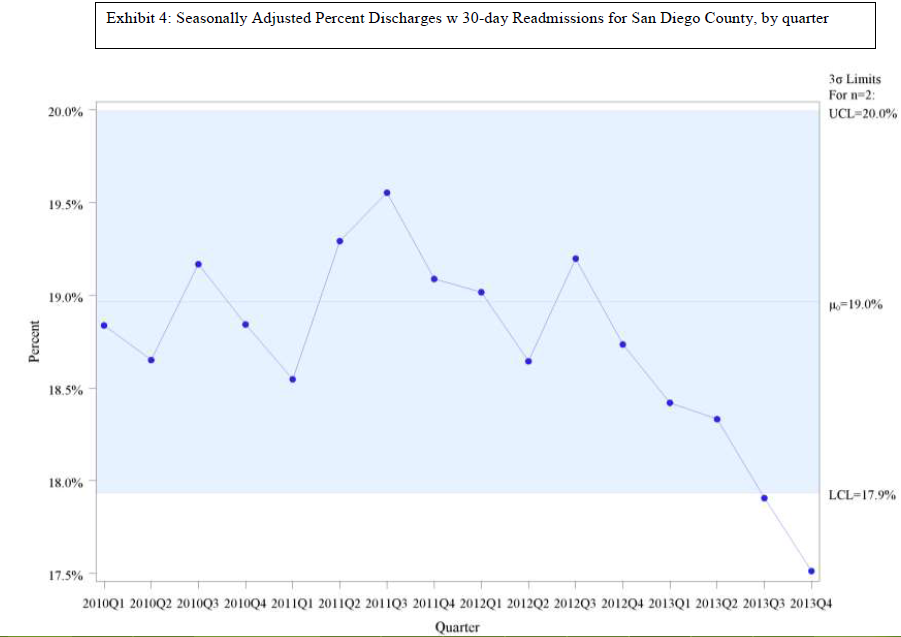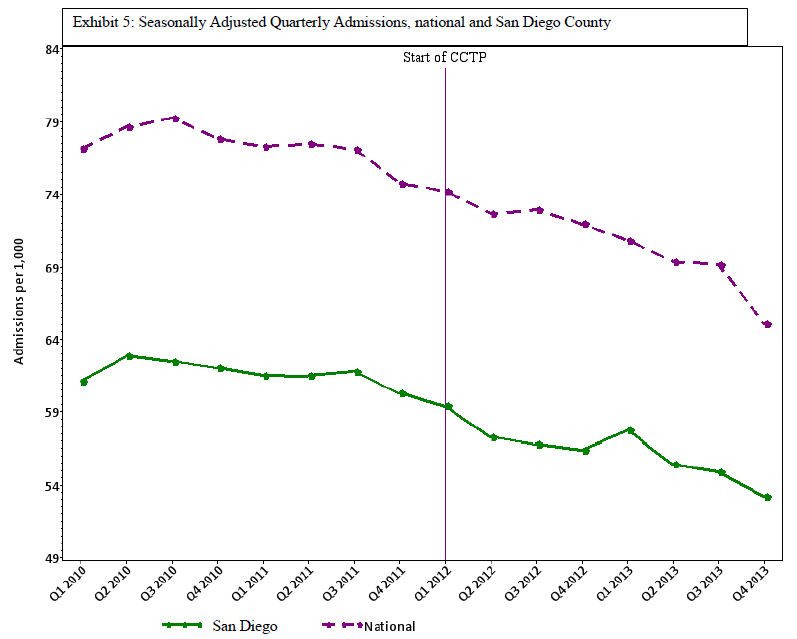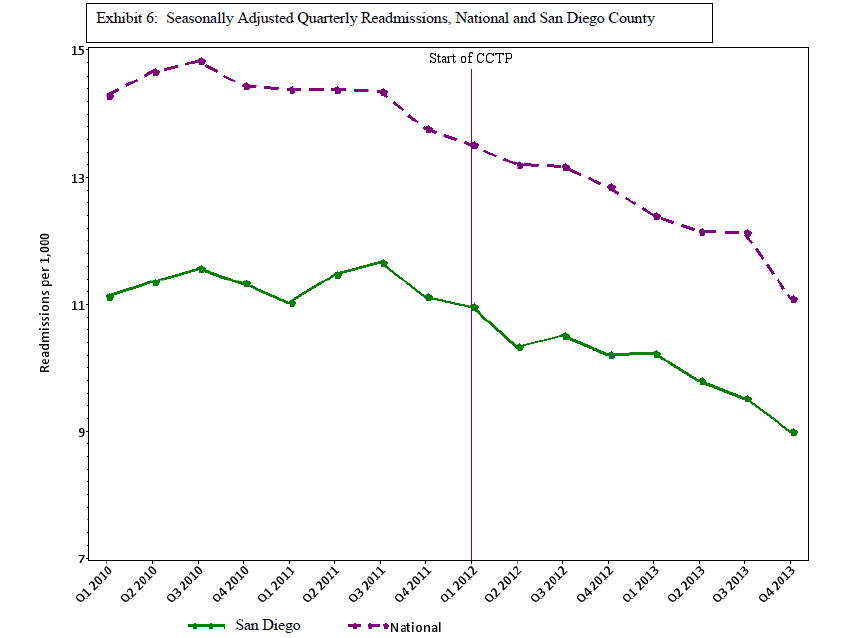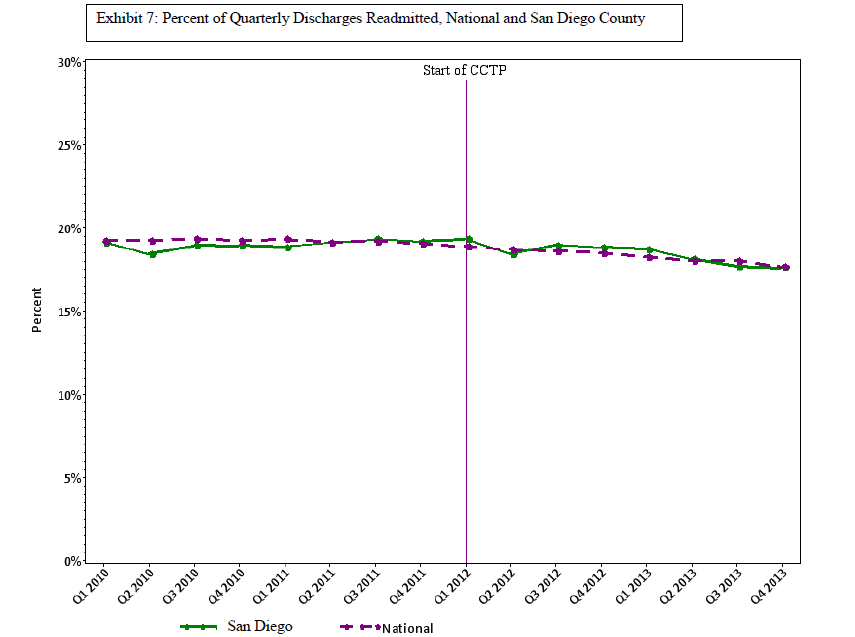By Anne Montgomery and Leslie Fried of the National Council on Aging
One of the hallmarks of the 21st century—increased longevity of the population—will increasingly drive federal, state, and local health care programs to focus on optimizing coordination of services across a range of medical care and community services providers. Discharge planning will play a central role in these efforts, particularly discharge to home.
In November, the Centers for Medicare & Medicaid Services (CMS) issued a proposed regulation for hospitals (defined as including critical access hospitals, long-term care hospitals, and inpatient rehabilitation facilities) and home health agencies. Overall, it is a solid effort and a welcome step forward in calling for Medicare and Medicaid to interface with Older Americans Act providers and disability programs under the jurisdiction of the Administration for Community Living. All of these programs and others are centrally concerned with managing beneficiaries who have complex chronic conditions. They are also well-positioned to set out criteria that can help providers establish systems of joint management of complex patients over extended periods.
However, while the rule prominently references Aging Network providers—Area Agencies on Aging, Aging Disability Resource Centers, and Centers for Independent Living—in the preamble, it does not carry substantive discussion through to actually require health care providers to coordinate with these community-based organizations.
We see this as a shortcoming, since the array of services offered by these organizations, which include home and physical environment modifications, access to assistive technologies, transportation, meals, household services, and housing support, are essential to millions of Medicare beneficiaries who cannot function day-to-day without some assistance. Absent clear requirements for health care providers to coordinate with social services organizations, risks will remain high that many fragile, complex older adults living in the community will fall through the cracks and into crisis, cycling in and out of high-cost health care settings.
If we think about discharge planning in a larger context, it is effectively only the start of a successful transition. Keeping information about patients with chronic conditions in the hands of a “sending” health care provider only, with no explicit requirements to make adequate provisions for communications and preparations with “receiving” community-based organizations, is likely to result in frustration for families and missed opportunities. By comparison, to maximize opportunities for success, CMS could bring the Aging Network into discharge planning discussions as soon as health care providers start to prepare for a patient’s transition—and could determine the actual availability of these services. If it turned out that publicly funded community services were not available (possibly due to waiting lists and/or underfunding), health care providers could be asked to explore alternatives. In all cases, figuring out what options are actually available and affordable must be done in consultation with the patient and family caregiver.
To improve the chances that community social services organizations can be better funded, we believe that CMS should direct nonprofit hospitals to assess services shortages as part of their Community Benefit Needs Assessments, and take subsequent steps to mitigate and augment critically needed services in the community. For-profit hospitals should be similarly required to work with public health offices and Aging Network providers to assess and correct any inadequacies in service supply.
On a related point—assessment of the discharge planning process—we strongly encourage CMS not to limit these reviews to assessment of the impact on readmissions (§482.43(c)(10)). Rather, in the spirit of the regulation’s frequent references to Aging Network providers, we urge that hospitals be required to establish advisory committees to conduct periodic reviews that include community social services organizations and other stakeholders in order to track the full impact of discharge planning on patient outcomes over time.
In another area—the specific elements that must be covered in discharge planning documents—the regulation proposes varying requirements for different providers. In the case of home health agencies, for example, discharge and transfer summaries must include demographic information; contact information for the physician; an advance directive, if available; the course of the illness/treatment; procedures; diagnoses; lab tests and other diagnostic testing; consultation results; a functional status assessment; a psychosocial assessment, including cognitive status; social supports; behavioral health issues; reconciliation of discharge medications; all known allergies; immunizations; smoking or nonsmoking status; vital signs; unique device identifiers for implantable devices; recommendations for ongoing care; patient goals and treatment preferences; the current plan of care, including goals, instructions, and the latest physician orders; and “any other information necessary to ensure a safe and effective transition of care that supports the post-discharge goals for the patient.”
In contrast, there is a much shorter list for critical access hospitals to consider in the context of “areas where the patient or caregiver/support person(s) would need assistance.” It includes admitting diagnosis or reason for registration, relevant co-morbidities and past medical and surgical history, anticipated ongoing care needs post-discharge, readmission risk, relevant psychosocial history, communication needs (e.g., language barriers, diminished eyesight and hearing), patients’ access to non-health care services and community-based care providers, and patients’ goals and preferences. Yet another list of criteria pertains to “discharge to home” situations, which requires instruction on post-discharge care to be used by the patient or the caregiver/support person; written information on warning signs and symptoms; prescriptions, including the name, indication, dosage, and significant risks and side effects; medication reconciliation; and written instructions for patient follow-up care, including appointments, diagnostic tests, and pertinent contact information.
Logically, there should be a list of core elements that could also be the foundation for a common care plan, and which could then be readily shared across providers working in different settings. Requiring a list of core elements would simplify care coordination and basic communication between providers, and decrease confusion and chaos for families who are often confronted suddenly with very difficult tasks when taking a seriously ill or disabled person home. Perhaps the list of required elements outlined for home health agencies could be the basis for crafting standardized core elements for all covered health care providers, along with a person’s likely future course, strengths, treatment preferences, and goals.
Concerning the critical role played by family caregivers, the rule recognizes and acknowledges the importance of families in many places – yet does not clearly establish the voluntary nature of this support: In other words, the primary consideration in discharge planning with regard to family caregivers should be to determine their willingness to provide services. To address this, we hope that CMS will consider requiring health care providers to engage in a conversation and subsequently document that a family caregiver has been asked about specific supports that he or she may need, taking into account the family’s economic resources.
The regulation features thoughtful discussion medication reconciliation and health information technology (HIT). For beneficiaries with complicated medication regimens or a track record of medication problems, we believe that CMS should encourage covered providers to use a pharmacist or physician (as compared to a software program or a nurse) whenever practicable. To make strides on HIT, there may be scope for the agency to require a standard format for recording a care plan, in order to improve interoperability and to make care plans an integral part of standards for certified electronic medical records.
Finally, the regulation should guarantee that discharge planning documents are immediately accessible to patients and family caregivers. Under current protocols governing medical records, it is often difficult for family caregivers to obtain a medical record from a hospital until after discharge, even with a patient’s signed consent (which is not always possible to get if the patient is seriously ill). This is unhelpful and counterproductive for families and should not be allowed to be extended to discharge planning documents.
CMS’ discharge planning regulation is moving in the right direction. As the agency considers these and other ideas for improvement, we hope that the agency will take the opportunity to advance a national conversation on how discharge planning can play a key role in health and social services delivery system reforms.


